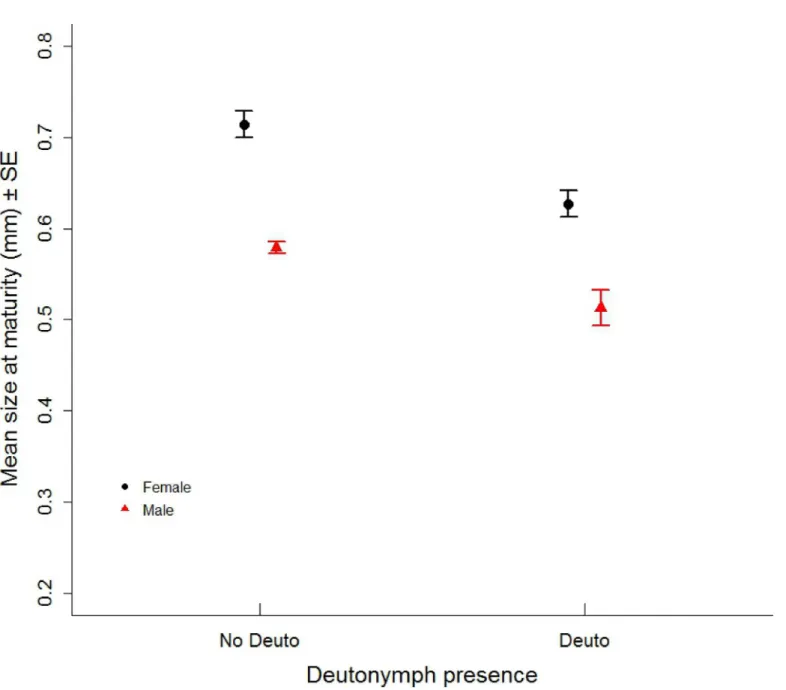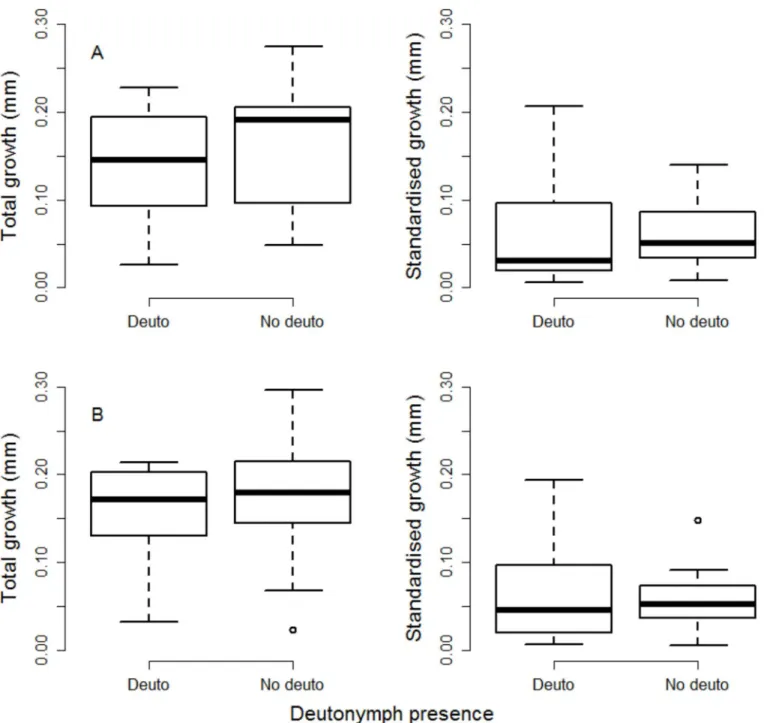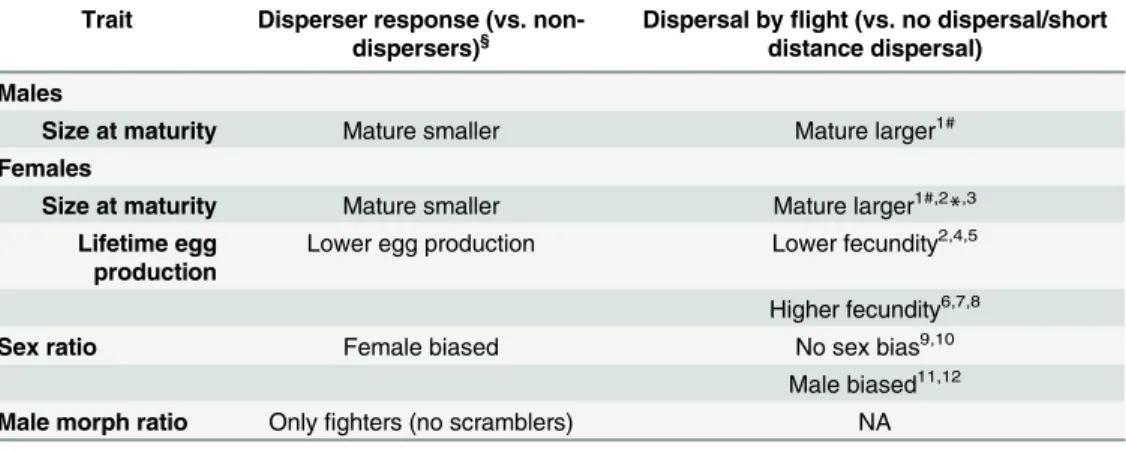Life History Consequences of the Facultative Expression of a Dispersal Life Stage in the Phoretic Bulb Mite (Rhizoglyphus robini).
Texto
Imagem




Documentos relacionados
showed that the total mortality of patients did not differ from the general population, although in subgroups of patients with a more severe and extensive disease (and that
We did not find a significant difference in the number of appendices in the tes- tis with cryptorchidism in relation to those of the control group, and also did not find a
The significant difference in the sympathetic activity between the patients with FCIV that died and those that did not die also allows us to infer that the sympathetic
During the moni- tored period, the dynamics and the matric potential average values of the topsoil and crushed laterite did not differ, indicating that the performed particles
Based on the results it was possible to observe that the organic and conventional coffee cultivation systems did not differ in terms of the contamination of beans by species of
capsules (Table 3) of larvae fed on different host plants did not differ significantly from one another, indicating that the host plant and temperature did not influence the
Photosynthetic rates did not differ between infested leaflets and caged controls (Figure 1a), showing that for the level of infestation used in the experiment, leafminer injury did
Para tal mobilizam-se dados recolhidos através da aplicação de um inquérito por questionário num conjunto de escolas (estudos de caso), analisando-se a trajetória escolar e

